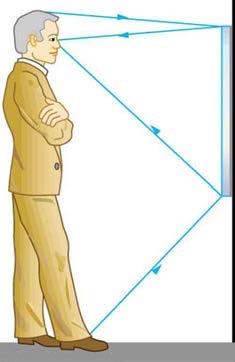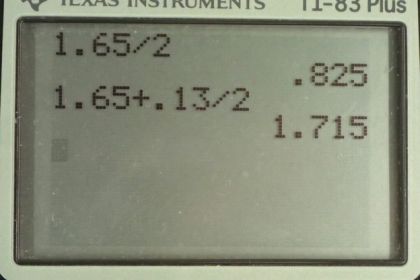
Solution video
OpenStax College Physics, Chapter 25, Problem 1 (Problems & Exercises)
Calculator Screenshots
Comments
the length of the mirror is related to the height of a person by just being half of their height. Will this be true in all cases though?
This doesn't answer the last part of the question, "How is this distance related to the man’s height?"
Using ray-tracing and the law of reflection, the angle of incidence is equal to the angle of reflection, so the top of the mirror has to extend to at least halfway between their eyes and the top of their head. The bottom must go down to halfway between their eyes and the floor. This result is independent of how far they are standing from the wall.
Thank you for the comments be1988 and ryanzurrin. I have updated the final answer, which echos Ryan's correct response.
All the best with your studies,
Shaun
This video was updated on Jan. 16th, 2024.



